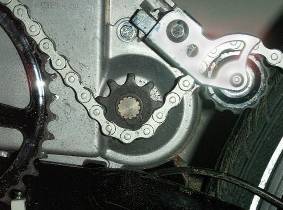The first series Panasonic unit was only ever fitted to the Lafree and BikeTec Flyers outside of Japan and despite the high regard for the Lafree only sold a total of 20,000 units worldwide. That, coupled with Giant's disillusionment at never making a penny profit on the whole Lafree series, made it highly likely that ongoing support would be minimal.I have been very conscious that successful products like the Giant Lafree became difficult to service as time went by. Possibly the market was too small.
I am hopeful that the 26v Panasonic bikes are out there in sufficient numbers to justify a new lease of life with fresh batteries etc.
James
In contrast the new unit has been spectacularly successful and I daresay Kalkhoff alone soon passed the 20,000 sales mark worldwide, and numerous e-bike makes have been equipped with the new unit. Indeed the new unit has already lived in the market for more years than the original one and is still going strong. That popularity bodes well for an ongoing support market.








